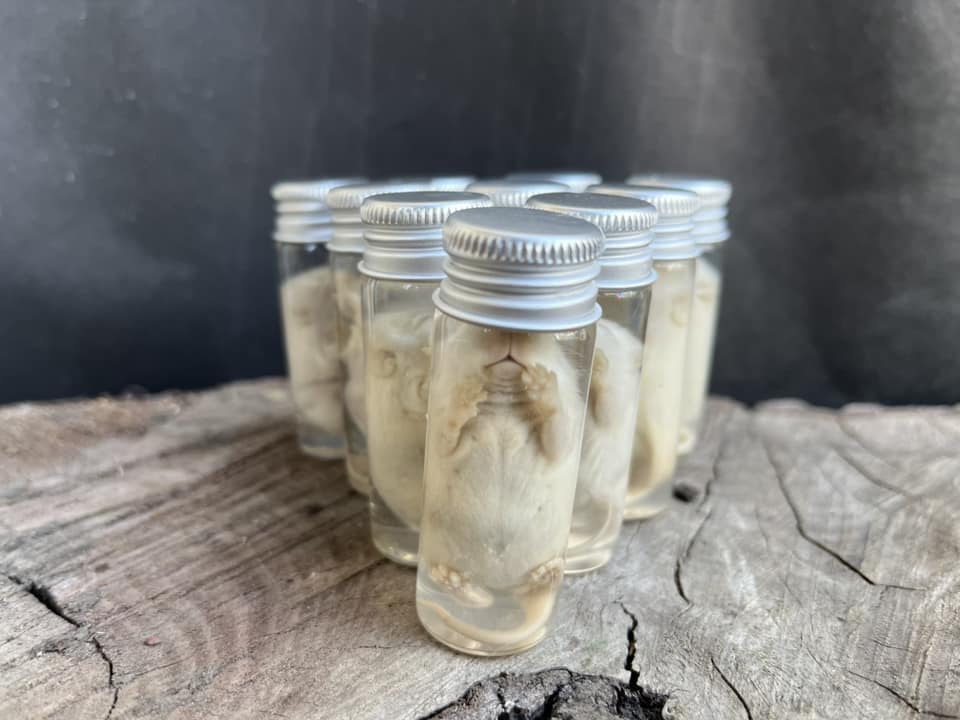
Melanin Leaching in Wet Preserved Specimens
Melanin, the pigment responsible for the vibrant colors in living organisms, undergoes complex changes during the preservation process. Several factors influence these changes, making the preservation of melanin-rich specimens a challenging task.
Formaldehyde is commonly used in wet preservation due to its ability to halt decay. However, its interaction with melanin molecules is complex. The concentration and duration of formaldehyde exposure play crucial roles in determining the extent of melanin degradation. Too much formaldehyde can break down melanin, while too little may not effectively preserve the specimen. Therefore, researchers must carefully balance formaldehyde levels to ensure that specimens are preserved without compromising the integrity of melanin.
Melanin's stability is highly sensitive to pH levels. Fluctuations in the acidity or alkalinity of preservation solutions can significantly impact melanin. Maintaining a stable pH environment is essential to prevent melanin degradation. This requires precise pH control and continuous monitoring, underscoring the meticulousness needed in preservation practices.
Despite the use of preservatives, biological materials are still prone to natural decay. Enzymatic and microbial activities contribute to the gradual breakdown of tissues and pigments. Understanding these decay mechanisms is vital for developing strategies to mitigate melanin leaching over time. This involves a detailed study of microbial ecology, enzymatic kinetics, and the dynamics of decay.
Melanin is particularly sensitive to ultraviolet (UV) light, which can accelerate its breakdown. Prolonged exposure to UV light can degrade melanin molecules, necessitating careful control of light exposure in storage environments. Protective measures, such as UV filters and appropriate lighting conditions, are crucial to minimize photodegradation and preserve specimen integrity.
The effectiveness of preservation depends on several factors, including the concentration of preservatives and the duration of exposure. Inadequate preservative concentrations can lead to insufficient protection, resulting in melanin leaching and degradation. Achieving a balance between effective preservation and appropriate exposure duration is essential. This involves considering factors such as diffusion kinetics, fixative penetration, and the interaction between preservatives and tissue.